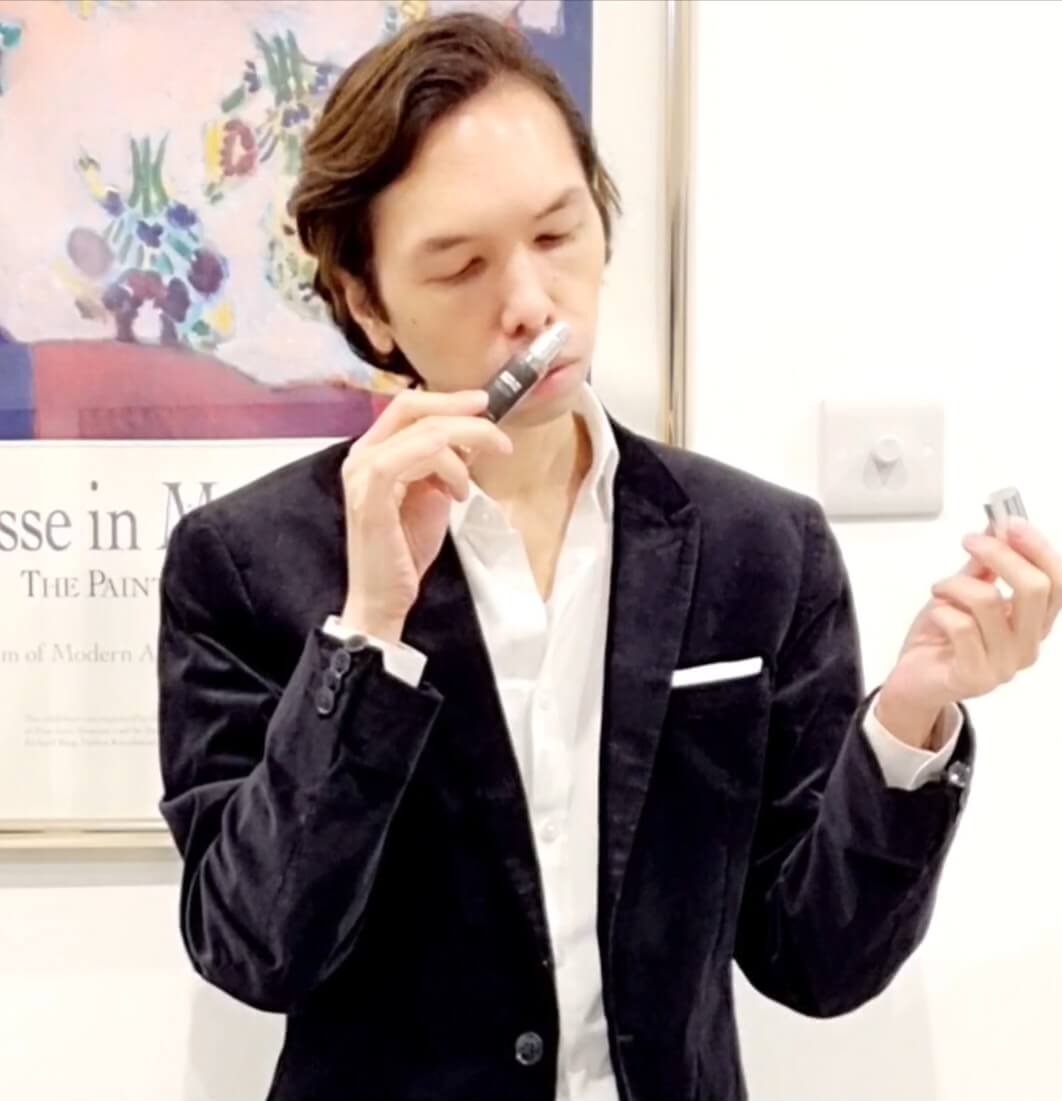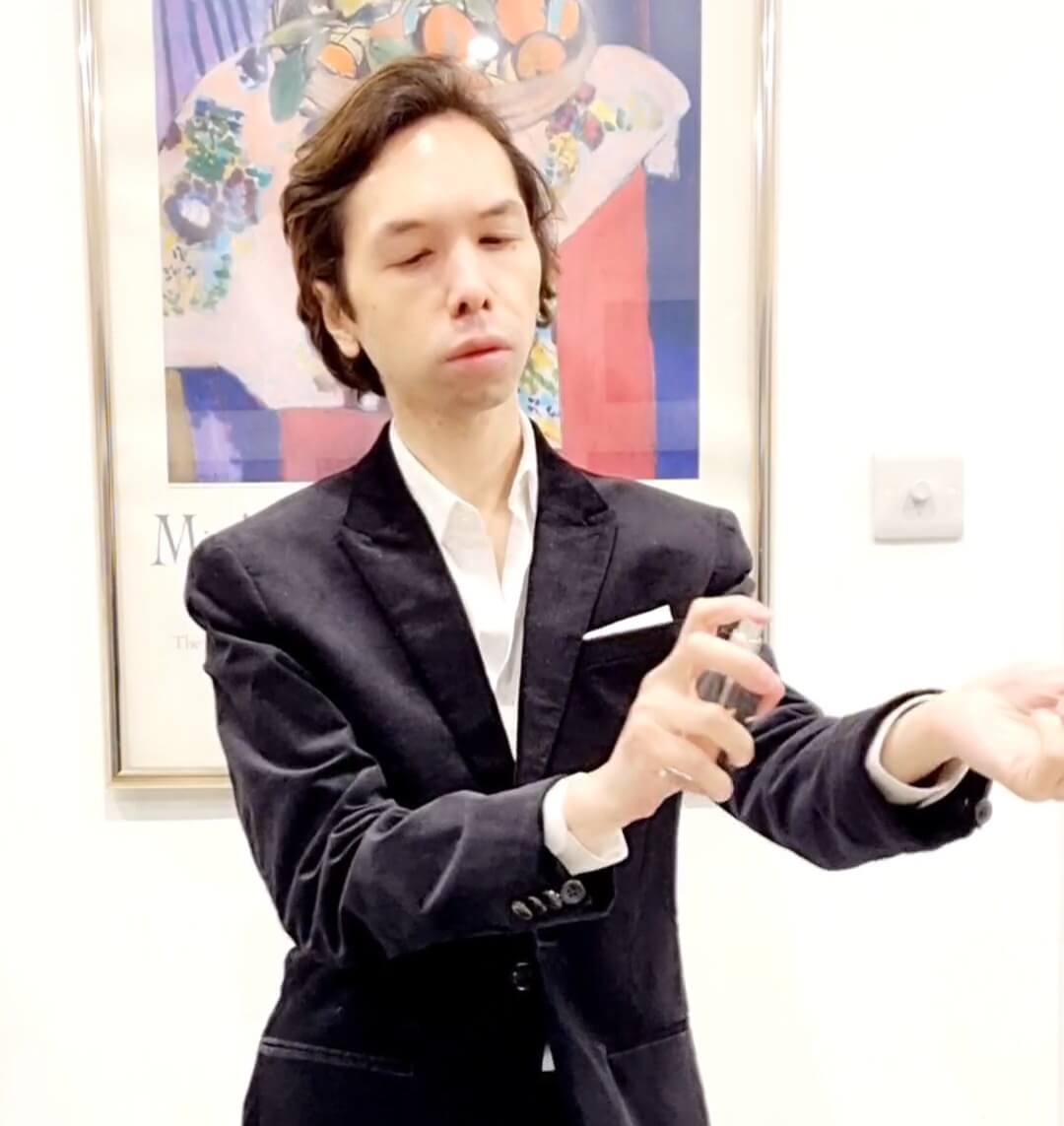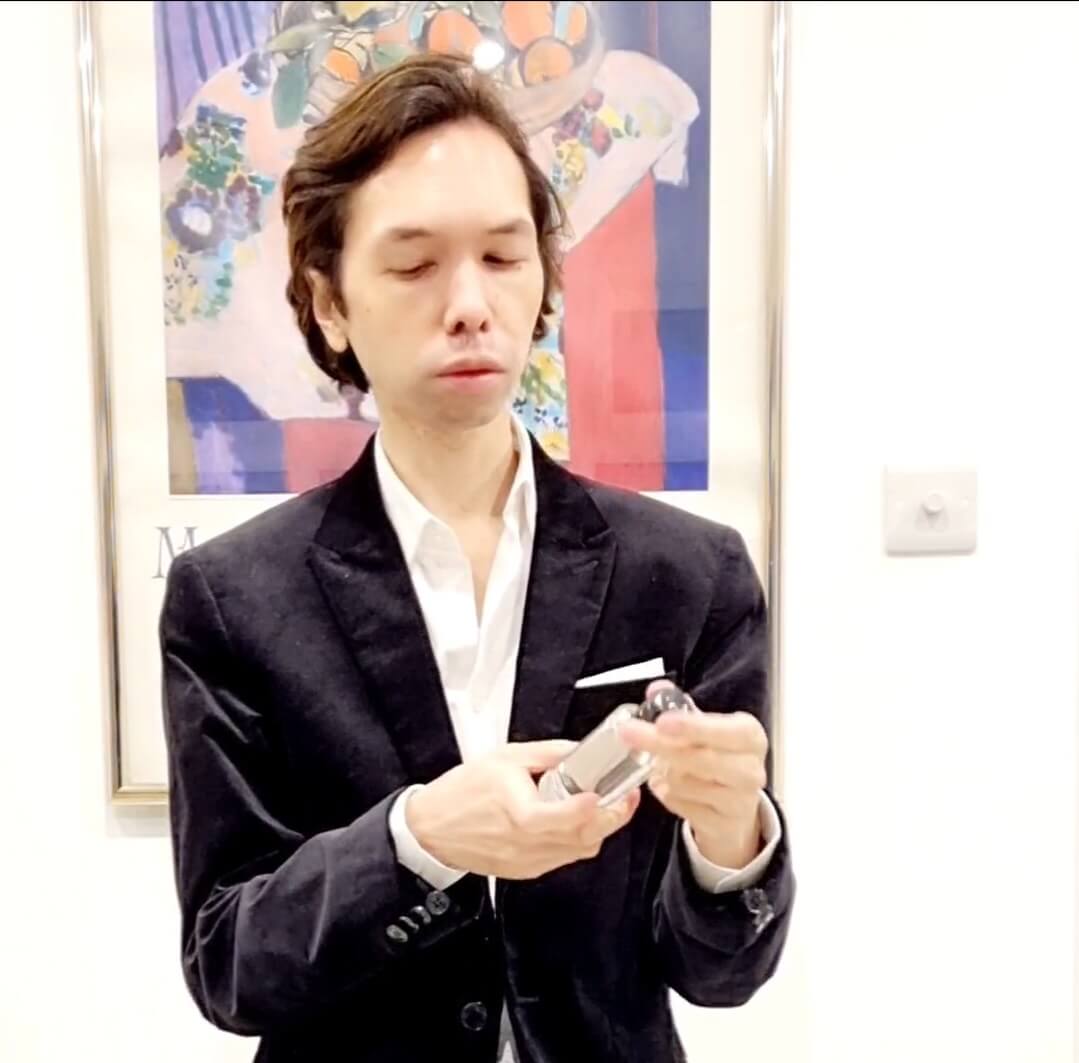Navigating the olfactory world of tester fragrances is fundamental in the quest to uncover one’s quintessential scent. The essence of perfume sampling lies in creating the right conditions, free from intrusive aromas, which might distort the fragrance’s true character.
For enthusiasts and newcomers alike, an introduction to fragrance samples sets the stage for a fascinating journey into understanding different scents and how they interact with individual chemistry. One must approach this process with a few fragrances at a time, employing patience to fully appreciate each scent’s evolving profile.

Understanding Different Fragrance Concentrations
In the world of tester fragrances, understanding the olfactory pyramid is crucial. It consists of:
- Top Notes: These are the initial scents that hit the nose immediately upon application but evaporate quickly.
- Heart Notes: The middle notes become apparent as the top notes dissipate. They are typically well-rounded and can include floral or fruity scents.
- Base Notes: These form the foundation of the fragrance and linger the longest, creating lasting memories of the scent.
Fragrance concentrations vary across different types of perfumes, which affects their longevity and cost:
- Parfum (20-30% concentration): Offers the longest-lasting experience, typically six to eight hours, and tends to be the most expensive.
- Eau de Parfum (15-20%): Lasts around four to five hours and is less costly than Parfum.
- Eau de Toilette (5-15%): Usually lasts two to three hours, often preferred for daywear.
- Eau de Cologne (2-4%): Has a shorter effect, up to two hours, and is more affordable.
- Eau Fraîche (1-3%): Mostly water, with very short-lasting power.
It’s important to note that higher concentrations generally result in longer-lasting scents and higher prices. Additionally, different concentrations may present varying notes; hence, it’s beneficial to explore a fragrance in all its available concentrations to find the one that resonates best with you.
Other fragrance options include:
- Perfume Oils: These are pure oil-based and do not contain alcohol or water.
- Attars: Pure undiluted versions of Eau de Parfum, concentrated and long-lasting.
- Solid Perfumes: Convenient for travel, alcohol-free.
- Hair Mists: Often contain little to no alcohol and ingredients that nourish the hair.
Remember, the combination of top, heart, and base notes, along with the nature of the ingredients and the presence of fixatives, can greatly influence a perfume’s longevity.
Testing Perfume Using Blotters
Testing perfume using blotters is an essential first step in the fragrance selection process. It provides a preliminary way to evaluate the scent without the influence of your skin’s unique chemistry. Here’s how to effectively use blotters for this purpose:
- Prepare the Blotter:
- Use the wider part of the blotter for handling and noting the fragrance’s name.
- Dip the narrow end into the essential oil bottle or spray the perfume onto this section.
- Evaluating the Scent:
- Hold the blotter at least an inch away from your nose to prevent overwhelming your sense of smell.
- Inhale gently, allowing short bursts of the scent to reach you, and then move the blotter away.
- Identify the top notes immediately, the heart notes after around a minute, and the base notes as they develop over time.
- Testing Environment and Process:
- Ensure you are in a neutral-smelling environment to avoid interference with the fragrance.
- Spray two to three quick sprays of the perfume into the air in a downward motion, creating a cloud.
- Pass the blotter through the cloud, then wave it under your nose, maintaining a distance of an inch or two.
- Avoid testing more than three fragrances per day to prevent olfactory fatigue and use coffee beans or fine peppers as palate cleansers between scents.
Remember, each oil can contain hundreds of constituents, providing a complex fragrance experience. Blotters are also invaluable for those looking to blend fragrances and create custom scents. By using blotters to test fragrances, you can narrow down your choices before deciding which ones to test on your skin for a true representation of the scent as it interacts with your body chemistry.
You can find out more here.

Skin Test for a True Scent Profile
Understanding the complex nature of fragrance and its interaction with skin is vital for a true scent profile. The skin’s chemistry, including factors such as pH, micro-flora, and even the presence of beauty products, can alter a perfume’s character, making a skin test imperative:
- Preparation for Skin Testing:
- Ensure the skin is clean and free from other fragrances or strongly scented lotions.
- Choose a time in the morning for testing, as the sense of smell is more acute.
- Opt for warmer months, if possible, to benefit from heightened fragrance perception.
- Application and Observation:
- Apply the perfume to pulse points, such as wrists, behind earlobes, and the base of the neck.
- Avoid rubbing the applied areas together to preserve the integrity of the fragrance notes.
- Wait a few minutes to allow the scent to meld with your skin, unveiling the heart and base notes.
- Assessment and Decision:
- Note the longevity and projection by observing how the scent evolves over several hours.
- Consider personal preference and emotional response alongside the technical performance of the fragrance.
- Remember that oilier skin types may retain the scent longer than dry skin types, affecting your experience.
By following these steps, individuals can gain a comprehensive understanding of how a fragrance interacts with their unique skin chemistry and make an informed decision on its suitability for regular wear.
Living with the Fragrance
When integrating tester fragrances into daily life, it’s crucial to consider not just the initial allure of a fragrance but also how it lives with you throughout the day. Here are practical tips to ensure that a perfume not only smells good but also aligns with your lifestyle and lasts as long as you need it to:
- Buying and Testing Tips:
- Align with your values: Choose brands that reflect your personal ethos.
- Skin test: Apply perfume to clean skin and avoid mixing with other scented products.
- Scent trajectory: Spray lower on the body to allow the fragrance to rise.
- Sample first: Obtain a small sample or purchase a tester to wear the fragrance over time.
- Testing limit: Try no more than three fragrances at once to avoid confusion and olfactory fatigue.
- Morning shopping: Your sense of smell is sharper in the morning, making it the best time to shop for perfume.
- Expert advice: Consult with a fragrance expert for recommendations on similar scents.
- Storage and Longevity:
- Proper storage: Keep perfumes in their original box, upright, and tightly sealed, in a cool, dark place.
- Gift sets: Inquire about gift sets or purchase offers that may provide better value and storage options.
- Evaluating Longevity:
- Post-shower application: Apply perfume after showering on the inner elbow and monitor how long the scent lasts.
- Influencing factors: Take note of the impact of shower gels and body lotions on the perfume’s longevity.
- Third-party opinion: Seek someone else’s perspective to avoid misjudgment due to nose fatigue.
- Personal assessment: Record your observations on how the fragrance develops during the day.
By following these guidelines, individuals can make informed decisions about the fragrances they choose to wear, ensuring they select a scent that not only appeals to them but also complements their natural chemistry and lifestyle.
Conclusion
Throughout this exploration into the captivating realm of tester fragrances, we’ve delved into the importance of understanding scent concentrations, the artistry behind testing on blotters, and, ultimately, the significance of skin testing for a true personal scent profile. By adopting the insights and techniques shared, fragrance aficionados can enhance their knowledge and approach to selecting a perfume that resonates with their unique identity and lifestyle.
As we wrap up, remember that the journey to discovering your signature scent is as individual as you are, and it requires patience, curiosity, and a bit of experimentation. Trust your nose, be mindful of the complex dance between fragrance and skin, and embrace the continuous discovery of the scents that best express who you are.



